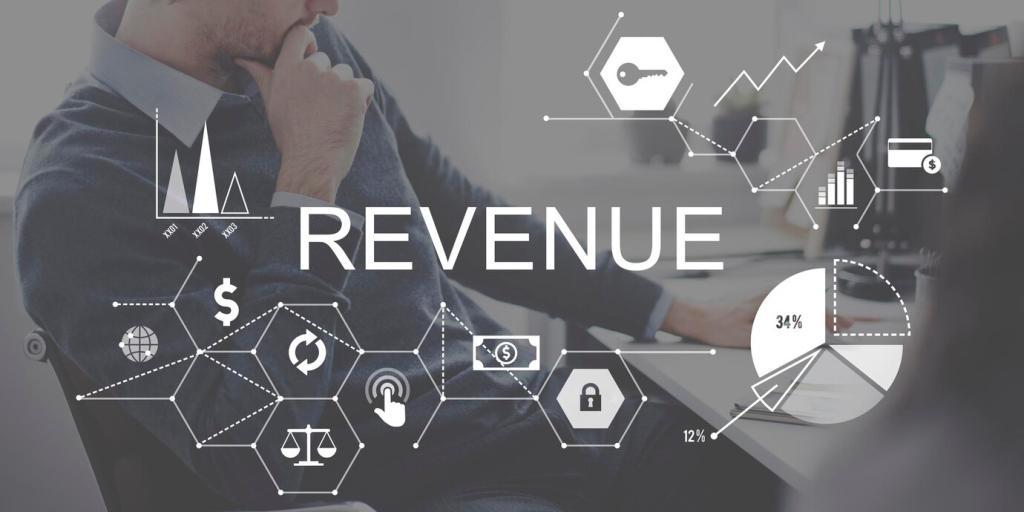Taxes, Gifting, and Estate Planning for Art
Understand how your jurisdiction treats art as a collectible, including potential higher capital gains rates and holding period requirements. In the United States, long-term gains on collectibles can be taxed at a rate up to twenty-eight percent, which affects timing and strategy.
Taxes, Gifting, and Estate Planning for Art
Donating to museums or nonprofits can be meaningful and tax-efficient when properly documented. Obtain qualified appraisals for significant gifts, align donation purpose with the organization’s mission, and retain all acknowledgments. Confirm rules on deductions, use-related requirements, and carryforwards.
Taxes, Gifting, and Estate Planning for Art
Consider trusts, bequests, or gifts during life to reduce administrative burdens later. Clarify who inherits which pieces, and store valuations, photos, and provenance together. Ask heirs about their preferences to avoid forced sales at unfavorable times and preserve your collecting vision.
Taxes, Gifting, and Estate Planning for Art
Lorem ipsum dolor sit amet, consectetur adipiscing elit. Ut elit tellus, luctus nec ullamcorper mattis, pulvinar dapibus leo.







